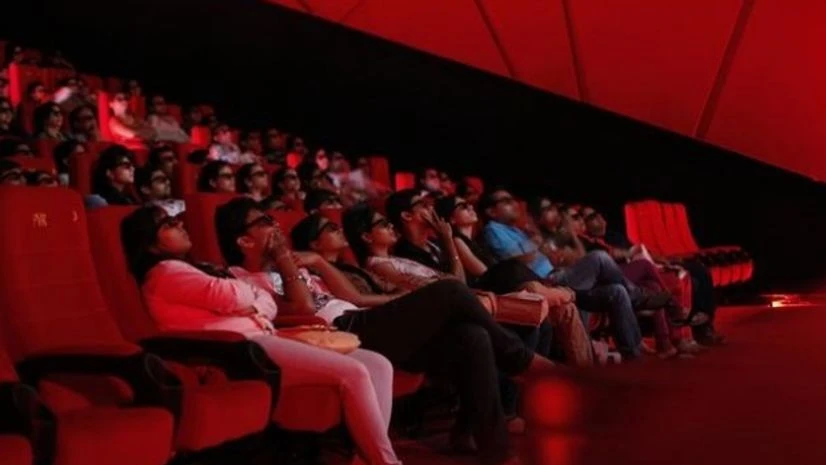Despite healthy growth, the screen penetration remains significantly low at six screens per million of population as compared to developed countries such as the USA, which is estimated to have over 125 screens per million of population with over 40,000 screens at the end of CY2015.
The multiplex industry has grown significantly over the last decade complemented by rise in per capita income, increasing discretionary spends and changing consumer preferences for an enhanced movie-watching experience. Increasing number of malls with multiplexes has also contributed to the shift from single screen theatres to multiplexes.
Rohit Inamdar, senior vice-president, ICRA, said: "The multiplex industry has seen significant consolidation in recent years which has led to considerable change in market dynamics with four major multiplex chains; PVR, Inox, Carnival Cinemas and Cinepolis, emerging as the prominent players, accounting for more than 70% of the total screen count of the Indian multiplex industry. These players are now likely to focus on organic growth, barring small acquisitions of regional players. Consequently, one can expect significant capex in the near to medium term, largely to increase screen base. ICRA expects the number of multiplex screens to cross 3000 by 2019. Since most of the upcoming malls are being constructed in tier II and tier III cities, a majority of new screen additions would also happen in these places."
The industry's overall profitability is almost entirely driven by the occupancy levels which in turn depend on the performance of films at the box office - a key risk variable. In order to maximize film exhibition revenues, the multiplex players resort to dynamic pricing to attract higher footfalls during weekdays and morning shows. Further, in order to diversify revenue sources, film exhibitors have been focusing on non-film exhibition sources such as food and beverage sales, advertisement income and convenience fee. The share of non-film exhibition revenues has increased over the years for the top two multiplex players -- PVR and Inox.
ICRA's maintains a positive outlook for the industry over the next three to five years owing to low screen density in India and increasing preference for multiplexes over single screen theatres.
The film exhibitors, which include multiplexes as well as single screens, pay entertainment taxes (in the range of 0%-66%) to respective State Governments on their gross collections from the sale of tickets. The entertainment tax as a proportion of gross collection has been on an increasing trend and continues to impact profitability of the film exhibitors. Since entertainment Tax is proposed to be subsumed in Goods and Services Tax (GST), implementation of GST at a favourable rate can bring down the levied entertainment tax and the same would improve the profitability of multiplex players as the entire benefit of lower entertainment tax is unlikely to be passed on to the customers.
Inamdar adds, "Besides high entertainment tax, another major challenge for the multiplex industry is timely implementation of under construction malls and receipt of required approvals. The delays in approvals will continue to impact the pace at which these players can grow going forward."

)
